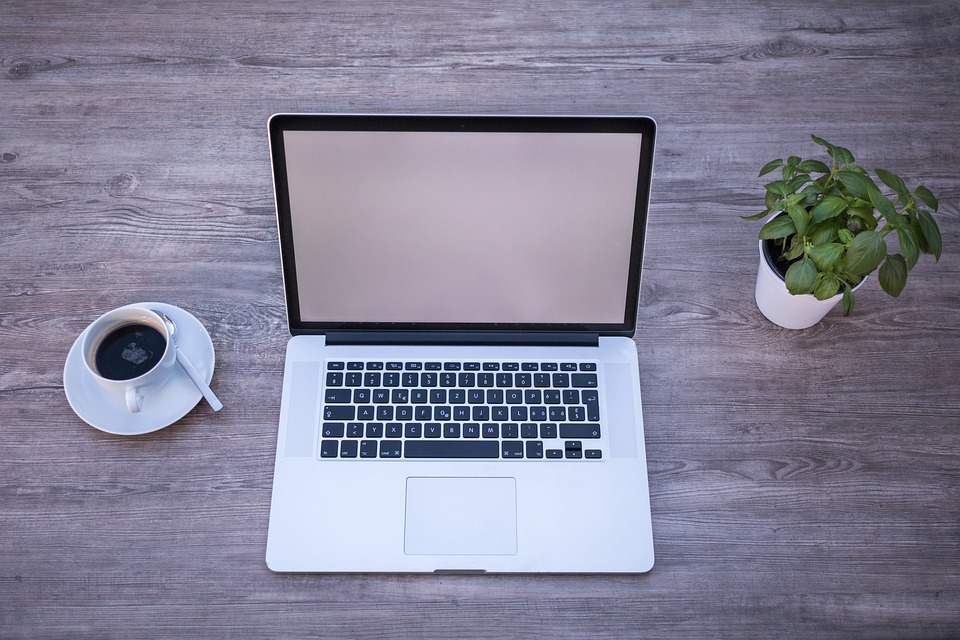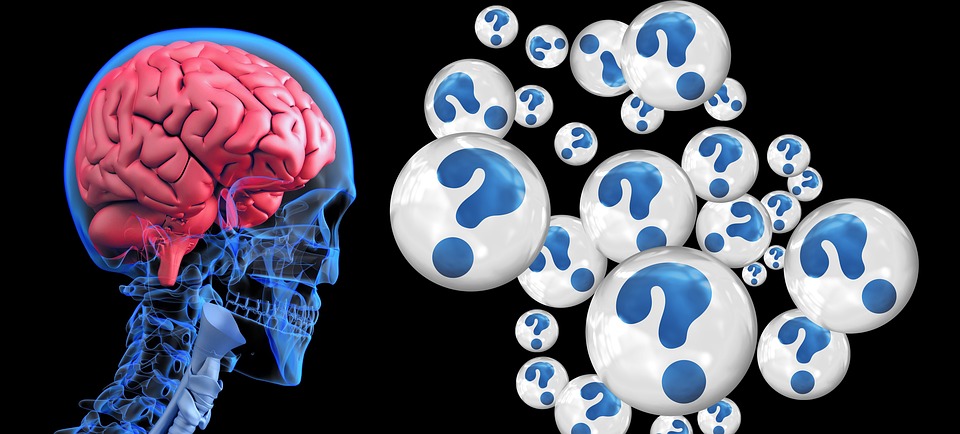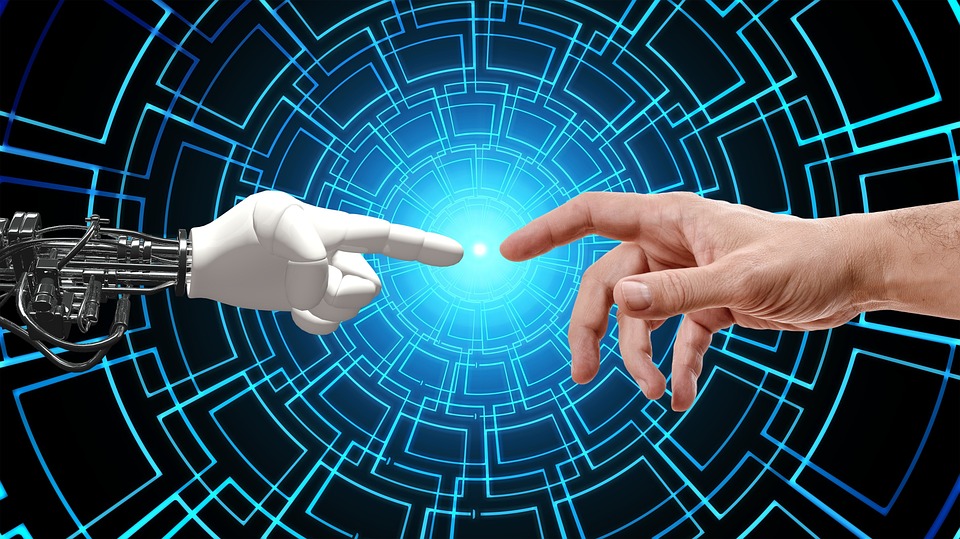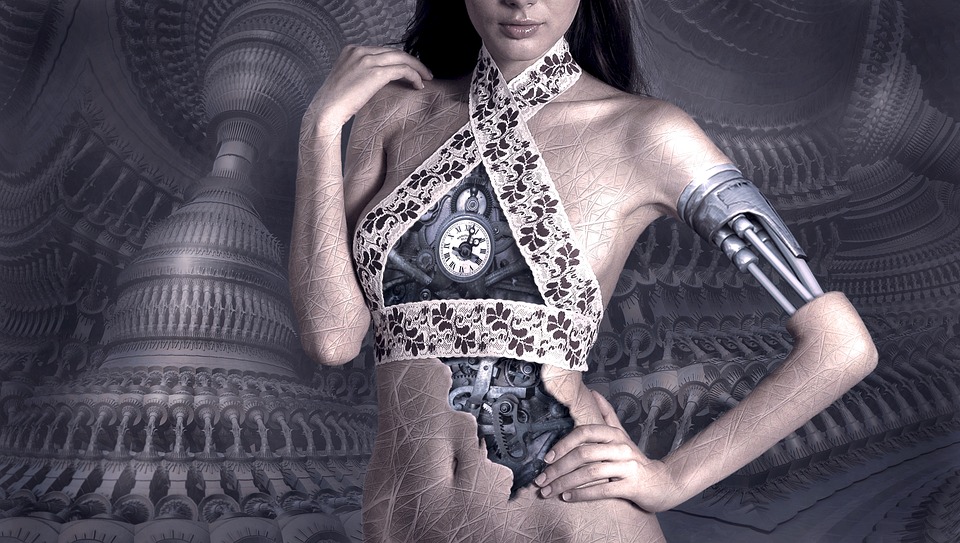Pixels and Programs: The Transformative Power of AI in the World of Art
Introduction:
Art has evolved throughout history, constantly pushing boundaries and challenging conventional norms. In recent years, a new player has joined the scene – artificial intelligence (AI). With the development of advanced algorithms and machine learning techniques, AI has begun making its mark in the art world. From creating stunning digital paintings to composing symphonies, AI has proven its transformative power. In this article, we will explore the intersection between pixels and programs, and how AI is reshaping the art landscape.
The Emergence of AI in Art:
AI entered the art scene with a bang when a painting generated by an AI algorithm sold for a jaw-dropping $432,500 at an auction in 2018. This monumental moment served as a wake-up call to the art community, demonstrating that AI could create art that is not only visually impressive but also coveted by collectors.
AI algorithms utilize vast datasets to learn and replicate artistic styles, enabling them to create stunning paintings that seamlessly mimic the works of famous artists. For example, the deep-learning algorithm implemented in the renowned “GANpaint Studio” developed by MIT is capable of transforming ordinary photographs into pieces resembling the style of iconic artists like Pablo Picasso or Vincent van Gogh.
The Transformative Power of AI:
1. Augmenting Creativity:
AI systems, like deep learning neural networks, assist artists in unleashing their creativity by providing them with an infinite pool of ideas and possibilities. Artists can feed AI programs with abstract concepts and let the algorithms generate countless visual interpretations. This collaboration between human and machine expands the boundaries of artistic expression, fostering experimentation and innovation.
2. Restoring and Preserving Artworks:
Another transformative application of AI is the restoration and preservation of valuable artworks. Software powered by AI, such as Google’s DeepArt or Adobe’s Sensei, can analyze and digitally reconstruct damaged or deteriorating pieces, salvaging their beauty for future generations. These AI-driven tools possess the ability to reconstruct missing elements and enhance colors, allowing art enthusiasts to experience art in its original glory.
3. Accessibility to Art:
AI is paving the way for increased accessibility to art. In collaboration with AI, museums and galleries can offer virtual tours, providing individuals from all walks of life with an opportunity to experience renowned artworks from the comfort of their homes. Moreover, AI-powered technologies, like 3D printing, enable the creation of art replicas, allowing enthusiasts to own and appreciate famous masterpieces at an affordable cost.
4. Fostering Collaboration:
AI facilitates the collaboration between artists, encouraging interdisciplinary cooperation and knowledge exchange. Through AI platforms, artists from various fields can join forces and combine their expertise to create truly unique and groundbreaking works. The synergy between AI-generated art and human artistry creates a harmonious fusion that pushes the boundaries of what is artistically conceivable.
FAQs:
1. Can AI replace human artists?
While AI can create impressive pieces of art, it is unlikely to replace human artists entirely. AI lacks the emotions, subjective experiences, and the capacity for introspection that makes art deeply personal. Instead, AI serves as a tool to augment human creativity and enable artists to explore new possibilities.
2. Is AI-generated art considered authentic?
The authenticity of AI-generated art has been a topic of debate within the art community. However, as AI systems learn from existing artworks and replicate styles, it becomes difficult to determine the role of human creativity in the final piece. Some argue that AI art lacks the unique human touch, while others embrace it as a new form of artistic expression.
3. Can AI create original art styles?
AI has the ability to learn and replicate existing art styles, but its capability to create completely original styles is limited. While AI algorithms may produce variations or hybrids of existing styles, true innovation and originality are still often the product of human imagination.
Conclusion:
Art and AI’s convergence has opened up exciting new possibilities in the art world. From creating visually stunning digital paintings to enhancing accessibility and fostering collaborations, AI is reshaping the way art is perceived and created. As technology continues to advance, the transformative power of AI in the world of art will only expand, serving as a powerful tool that empowers artists and augments human creativity.









